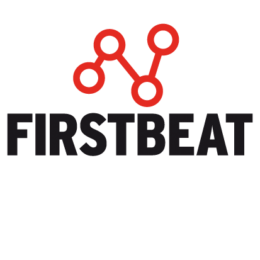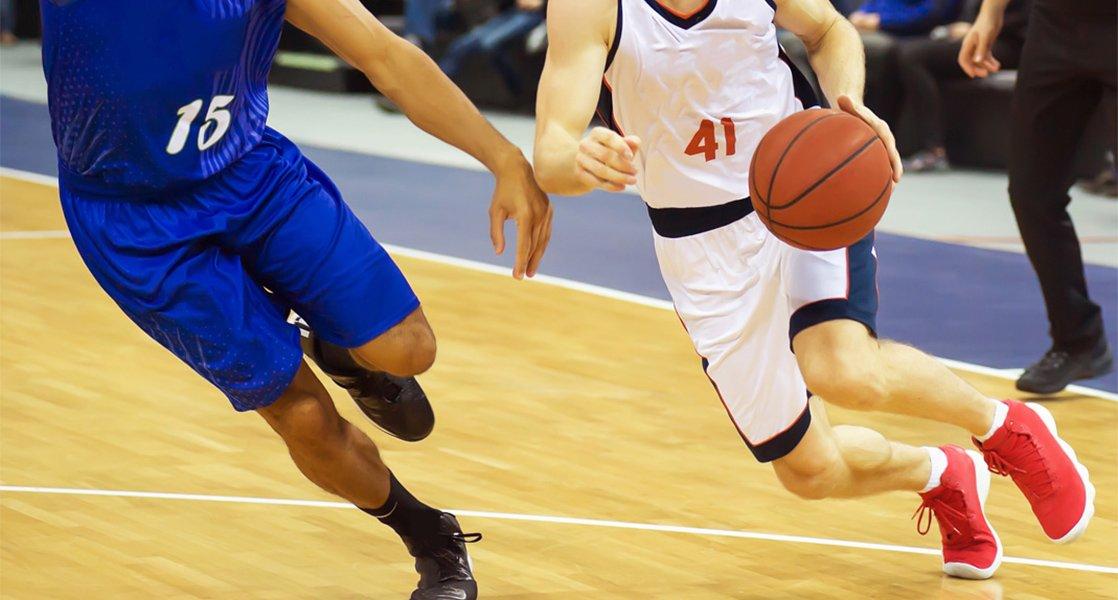
The 2018-19 season was a historic one for the University at Buffalo Men’s Basketball program. The Bulls posted the best record in school history (32-4), won their third Mid-American Conference Championship in four years, and reached the second round of the NCAA Tournament. And they’re hoping for more of the same in the 2019-20 campaign.
The Buffalo Bulls have been Firstbeat Sports clients for several years. We previously spoke to Athletic Trainer, Andy Bliz about how the team has used our advanced performance analytics to track the training, load, and recovery of their student-athletes.
And their plans are set to step up another level this season following the arrival of Sean Conaty – a long-time user of Firstbeat Sports in previous roles at Christopher Newport and Eastern Michigan University – as the new Director of Sports Performance.
Building on Success
“Here at Buffalo, they’d already done a great job using Firstbeat Sports with our Athletic Trainer, Andy Bliz, as the lead guy on it last year. It’s is exciting for myself and Andy to put our heads together and develop the process here and keep making it better,” says Conaty.
The main benefit we see in using Firstbeat is to drive a dialogue between all the different parties around the team. Whether that is the coaching staff, sports medicine, strength and conditioning, or the athletes. It drives a conversation.”
The Firstbeat Sports team solution uses heart rate variability-based insights captured via heart rate belts worn by the players. This information, in the form of over 70 metrics available in real-time or during post-analysis, informs decisions that can optimize performance, reduce injury risk and fast-track player development throughout the season.
“The Firstbeat data quantifies something that is already happening but we normally wouldn’t be able to see,” the Director of Sports Performance explains. “We can objectively quantify recovery and objectively quantify training load instead of just relying on the eye test or guessing. For us, getting that information and being able to use it is really valuable.”
A Consistent Message
Using this internal load data effectively relies on a strong foundation across the whole program. Bliz, and now Conaty, too, may oversee Firstbeat’s implementation but a close relationship between all staff departments and a consistent message directed at the players makes it possible.
“We’re very close to the basketball staff and we all speak the same language when it comes to performance culture. They’re very well versed in Firstbeat and the analytics realm in general so we’re in a good situation where we can map out in more detail what’s going on in practice.
Because of the level of organization in practice it allows us as strength and conditioning staff to take things to a new level in terms of monitoring and getting specific data on specific position groups or during different drills.”
The Cornerstone Variables
And what kind of metrics are Buffalo using to monitor their roster of young hoop stars?
Conaty’s cornerstones are the Quick Recovery Test (QRT), Training Effect, and TRIMP. “They’re the three variables that I articulate to the coaching staff and communicate to everybody,” he explains.
The QRT is a three-minute test that allows coach and athlete alike to see an athlete’s individual recovery and, therefore, readiness for the day. This information can inform training plans or flag potential issues when viewed from a chronic perspective.
“For the QRT, the players’ heart rate belts are already in their lockers waiting for them when they arrive. I show up at 7 am and they’ve already got their belts on. Before we go to the weight room, we do the three-minute QRT and get them focusing on their breathing and getting their minds right for the day.”
“They’ll take the heart rate belts off when they go to class then use the same belts when they go out for practice. That’s when we’ll collect the TRIMP values etc.”
Another metric Conaty is keen to expand on is TRIMP/min. This shows the rate at which training load (measured as TRIMP) is accumulated over time and indicates the load density of a session, drill, or game. As a result, you can see the internal load placed on an athlete and compare sessions of different lengths, as well as compare shorter, high-intensity sessions with game data that may last several hours.
Introduced earlier in 2019 as part of the Firstbeat Sports Sensor and Firstbeat Sports apps, real-time TRIMP/min shows an athlete’s TRIMP accumulation over the previous 60 seconds. This lets coaches see each player’s current load situation and their response to session intensity at any given point.
Learn more about TRIMP/min here
Starting the Conversation
But what do Conaty, Bliz and the Buffalo coaching staff do with this Firstbeat data? Does it influence what they do in the weight room or on the court?
“With TRIMP/min, we’re really trying to quantify exactly what’s going on during practice, what different drills elicit higher TRIMP/min and which may be the lower TRIMP/min drills, then model everything out with that knowledge,” says Conaty.
“I’ve always matched up QRT data with a subjective metric like a wellness questionnaire. When we get the subjective input and objective data we can have a conversation with the athlete. We can work on their stress-recovery balance by identifying parts of their day when they can shift to a more parasympathetic state or adapt their weight room life or if we push them harder in a particular drill, for example.”
Focus on Recovery
One area that Buffalo plan to make a point of emphasis is overnight recovery.
For myself in the past, I would use the QRT and then the Firstbeat Bodyguard device to look at overnight recovery and 24-hour stress-recovery balance.”
The Bodyguard device and accompanying Stress and Recovery feature can be used to reveal an individual’s moments of stress and recovery across a full 24-hour period, offering insights beyond the court or weight room.
“At EMU, when we started seeing individuals trending in the wrong direction or being chronically under-recovered – consistently in the red during the QRT – we’d ask them to wear the Bodyguard and do a 24-hour measurement so we could look at their HRV data during sleep.”
“There were several instances where players were getting eight or nine hours sleep but little recovery due to high-stress reactions through the night. This opened up conversations about sleep hygiene or potential changes from a lifestyle standpoint.”
A Holistic Approach
As the value of effective recovery gains a high profile through the ageless LeBron James or Tom Brady in professional sport, Conaty and Buffalo are taking a similar approach at the NCAA DI level with the stars of the future.
“We’re building towards a holistic approach between myself, our Athletic Trainer and the Head Coach. The most amount of stress student-athletes are getting is on the court. For us to do our job at the highest level, we need to manage that stress efficiently.
We’re trying to educate them on how their body is feeling and what works best for them. For me, Firstbeat Sports data like the QRT, TRIMP and other metrics is all part of that education piece where I’m trying to drive the conversation with them.”
For all of us, the data can act as a lightbulb that goes off so we can see ‘Oh yeah, that’s what’s going on here and X is probably a better option today’.”
Give your team the Firstbeat Sports competitive advantage.
Contact us for more information or get a quote.
You might also be interested in
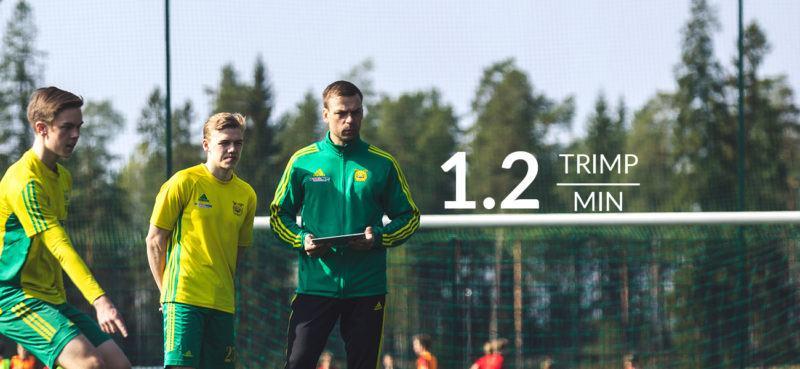
Real-time TRIMP/min: How to Use the Firstbeat Sports App Feature in Training
From replicating game intensity to aiding player rehab, monitoring TRIMP/min has wide-ranging benefits.
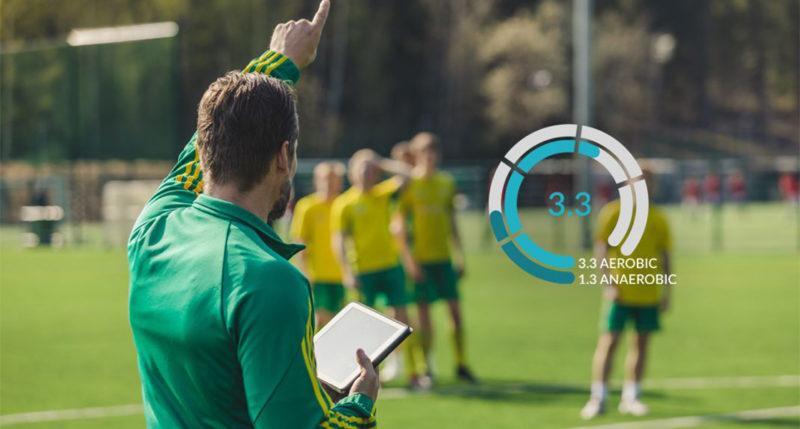
How to Use Training Effect: The Firstbeat Sports Feature that Measures the Impact of Training
In this article, we look at how Training Effect is calculated, the Training Effect scale, and how it is visualized in Firstbeat Sports.
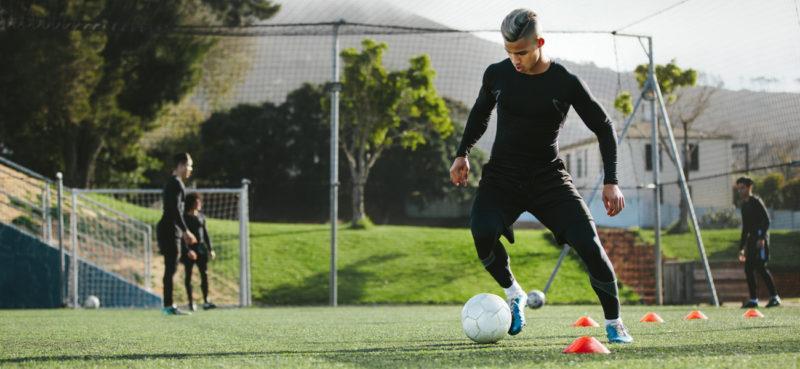
Why Monitor Internal Load in Elite Sports?
A look at the what, how and why of internal load monitoring and why it should form part of your training program.
